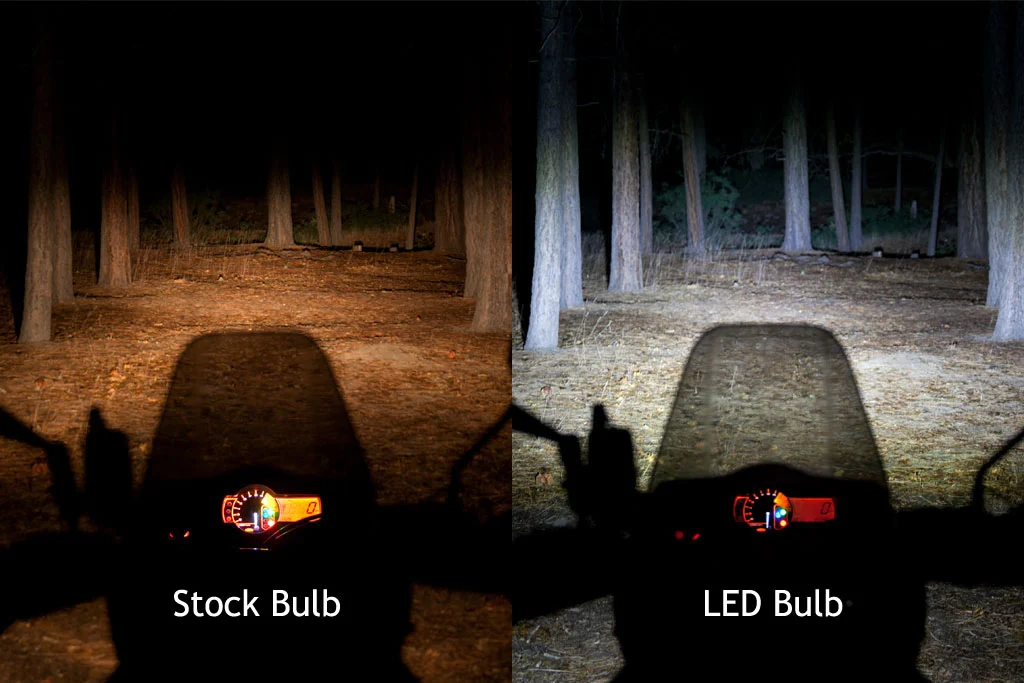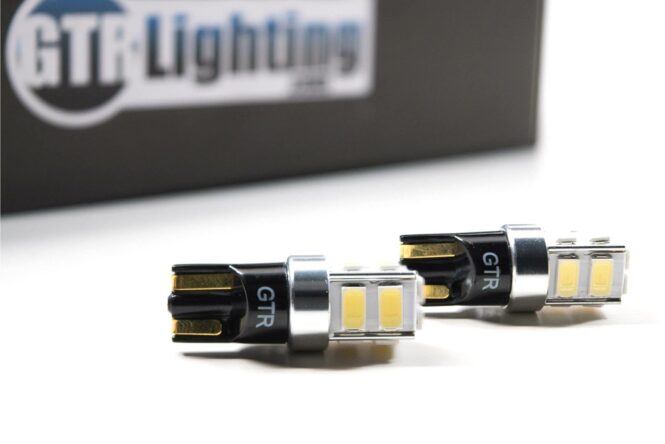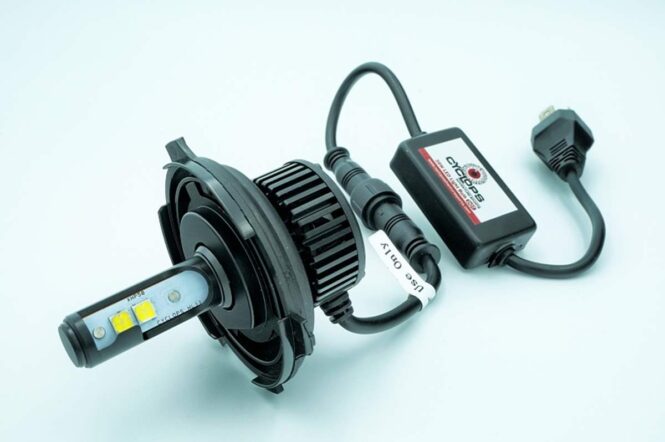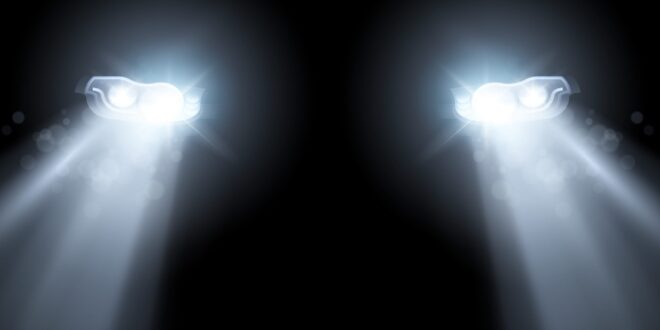Driving at night presents a unique set of challenges, with the foremost being visibility. When darkness descends, our reliance on headlights increases exponentially. Traditional bulbs have served us for decades, but as technology advances, so does our quest for superior alternatives. Enter LED headlight bulbs – a modern revolution that promises to light up our roads more efficiently and effectively. In this blog post, we’ll embark on a journey through the fascinating world of LED headlight lights, exploring their advantages, how they work, the different types available, and much more.
Advantages of LED Headlight Bulbs

LEDs (Light Emitting Diodes) bring a multitude of benefits. They are more energy-efficient than traditional bulbs, ensuring you won’t drain your vehicle’s battery as quickly. Moreover, their lifespan often surpasses the life of the car itself, translating to fewer replacements and lower maintenance costs. When it comes to brightness and focus, LEDs reign supreme, providing a sharper, more targeted illumination that significantly enhances visibility. Lastly, their instantaneous response time plays a pivotal role in safety, as even a fraction of a second can make a substantial difference in critical situations.
Understanding LED Technology
At their core, LED bulbs function by passing an electric current through a semiconductor, which then emits light. This is a stark contrast to halogen ones that create light by heating a filament, or High-Intensity Discharge (HID) bulbs that produce light through an arc discharge. LED technology’s superiority shines through in headlight applications, as LEDs are better at directing light in specific directions, reducing light scatter and maximizing the illumination on the road ahead.
Different Types of LED Headlight Bulbs
LED headlight bulbs are a diverse group, designed to cater to a variety of needs and preferences. Among them, Single Beam LED Bulbs focus on a specific task – providing either high or low beam lighting. They’re typically used in vehicles that have separate ones for high and low beams. On the other hand, Dual Beam LED Bulbs offer versatility by integrating both high and low beam functionalities in one bulb, reducing the number of pieces needed and providing a more seamless transition between beam types. Beyond functional distinctions, they come with a plethora of color temperature options. These are denoted by Kelvin ratings, offering a spectrum from warm yellow to cool blue light. This allows drivers to not only optimize their road visibility but also personalize the aesthetic appeal of their vehicle’s lighting.
Plug-and-Play LED Bulbs
For the DIY enthusiast or the driver who values hassle-free installation, plug-and-play LED bulbs are an invaluable option. These bulbs are designed to fit directly into the existing headlight socket without the need for additional components or complex wiring processes. The convenience factor is undoubtedly a big selling point, as drivers can upgrade their headlights in a matter of minutes.
Moreover, plug-and-play LED bulbs such as the 9012 headlight bulb are made to be compatible with a wide array of vehicle models. This compatibility, coupled with the ease of installation, ensures a smooth and frustration-free transition from traditional halogen or HID bulbs to modern, efficient LED technology.
Canbus-Compatible LED Bulbs

In the realm of modern vehicles, the Canbus or Controller Area Network bus system plays a crucial role. It’s a complex network that regulates and coordinates various electronic functions within the vehicle. For headlights, the Canbus system serves as an intelligent watchdog, detecting and reporting bulb failures to alert the driver.
Therefore, LED bulbs compatible with the Canbus system become a necessity, especially for newer vehicle models. These specialized types can ‘talk’ to the Canbus system, ensuring smooth, error-free operation, and preventing false failure alerts, which can be both confusing and annoying for the driver.
Fanless LED Bulbs
Fanless LED bulbs mark an innovative step forward in LED lighting technology, boasting several advantages over their fan-cooled counterparts. First, their design is simplified, which inherently reduces the potential for mechanical noise. This offers drivers a quieter operation, which can contribute to a more comfortable and less distracting driving experience.
Secondly, the reliability of these bulbs is heightened due to the absence of moving parts, which can often be prone to failure. Even though they lack a built-in fan, this type efficiently manages heat dissipation.
They utilize advanced, passive cooling mechanisms such as braided heat sinks, which are designed to provide excellent thermal conductivity. This approach ensures the bulb’s temperature stays within safe levels, preserving its performance and prolonging its lifespan.
LED Conversion Kits
LED conversion kits offer a comprehensive package for those looking to switch from halogen or HID bulbs to LED. These kits typically include LED bulbs, drivers, and any necessary adapters or wiring. Conversion to LED headlights not only brings the advantages of LED technology but can also significantly enhance the aesthetic appeal of your vehicle.
Color Temperature and Light Output
The color temperature of LED bulbs, expressed in Kelvin (K), has a profound impact on visibility and aesthetics. Lower Kelvin ratings yield a warm, yellowish light similar to halogen ones, while higher ratings produce a cool, bluish light. It’s crucial to balance aesthetic preferences with optimal visibility when choosing color temperature. Similarly, understanding light output, measured in lumens, helps drivers select the type that offer the appropriate illumination for their specific driving conditions.
Regulations and Legal Considerations
As with all vehicle components, LED headlight bulbs are subject to regulations and legal requirements. These rules ensure that your vehicle’s lights are safe and non-distracting to other drivers. Compliance includes the correct positioning, beam pattern, and cutoff, among others. Understanding these rules helps avoid unnecessary penalties or adjustments down the road.
Maintenance and Care Tips
While LED bulbs require less maintenance than traditional alternatives, proper care can enhance their performance and longevity. Regular cleaning can prevent build-up that reduces light output, and understanding the correct replacement procedures can ensure continued optimal performance. Additionally, troubleshooting common issues can save you time and money in the long run.
Conclusion

LED headlight bulbs are a bright choice for any driver looking to enhance their vehicle’s visibility, energy efficiency, and aesthetic appeal. The range of options available, from single beam and dual beam bulbs to different color temperatures and Canbus-compatible designs, allows you to find the perfect fit for your driving needs. Here’s to a future of safer, brighter, and more efficient driving. So why wait? Make the switch today and experience the transformative power of LED headlight bulbs firsthand.
 Imagup General Magazine 2024
Imagup General Magazine 2024



